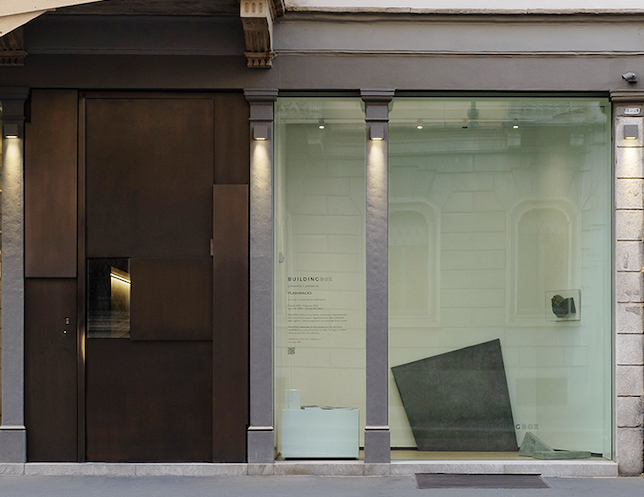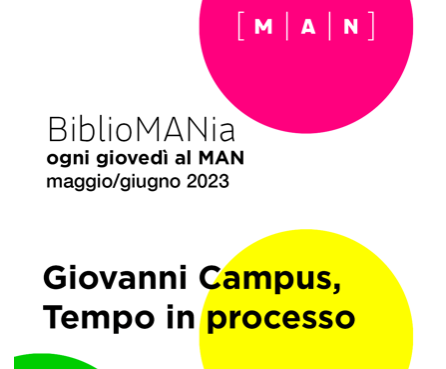Giovanni Campus
Giovanni Campus was born in Olbia in 1929. After his paintings of the ’50s, which rapidly evolved beyond a figurative approach, during the ’60s he worked on moving past painting by employing a geometric, constructive aesthetic which engaged with the cultural and visual models of the industrial world. His interest in the point of encounter between advanced models of production, the aesthetics of perception and technical considerations led to him choosing methacrylate, a material that offered a different solution in terms of painterly surface, in an environmental direction.
After the first solo and group shows, including & Multiple Art at the Whitechapel Art Gallery in London (1970), the Italian pavilion at the II Triennale of India in New Delhi with a presentation by Palma Bucarelli (1971), the exhibition Luce e Materia (1975), sponsored by the Milan Industry Center, and various contemporary art awards, his work attracted the attention of critics such as Giulio Carlo Argan, Umbro Apollonio, Lara Vinca Masini, and colleagues like Bruno Munari. He also spent time in New York and Paris, entering into contact with the international scene.
In the second half of the ’70s he began to use different materials for his sculptural pieces, looking to traditions in painting and sculpture to create structural forms that engaged with their settings, exploring relational elements with projects based on the ideas of continuity and unitary progression. He also staged interventions in urban spaces, like those in Piazzetta Palazzo Reale in Milan in 1977, and natural settings, like his “measurements” of the early ’80s for the series Percorso Determinazione, carried out in 1983 in the Gallura area of Sardinia, where he was born, and in specific exhibition venues.
Meanwhile, a new generation of critics was approaching his work, and this period saw the start of his long-standing connection with Luciano Caramel, whose writings have accompanied Campus’s projects on many occasions. From the ’80s, alongside solo exhibitions in public and private venues and selected group shows pertaining to the main themes of his work, he was also the focus of a number of monographic exhibitions in public spaces: Palazzo dei Diamanti in Ferrara (1987), Galleria Comunale d ‘Arte in Cagliari (1991), MAN in Nuoro (2000), the Gallarate Civic Gallery of Modern Art (2003) and the Civic Museum G. Fattori in Livorno (2007). He also created site specific sculptures, some permanently positioned in open-air settings such as those placed in Tortolì in 2000, in Carbonia in 2008 and in the Sculpture Park at Idroscalo, Milan, in 2012.
In recent decades his art has expanded to include multiple techniques, which do not, nevertheless, represent a rejection of previous work, reaching a new level of equilibrium and reflection that is expressed in works that combine monochromatic surfaces with inserted iron tangents, which dialogue with structures in wood and works on paper, masterfully executed in terms of technique and design.










